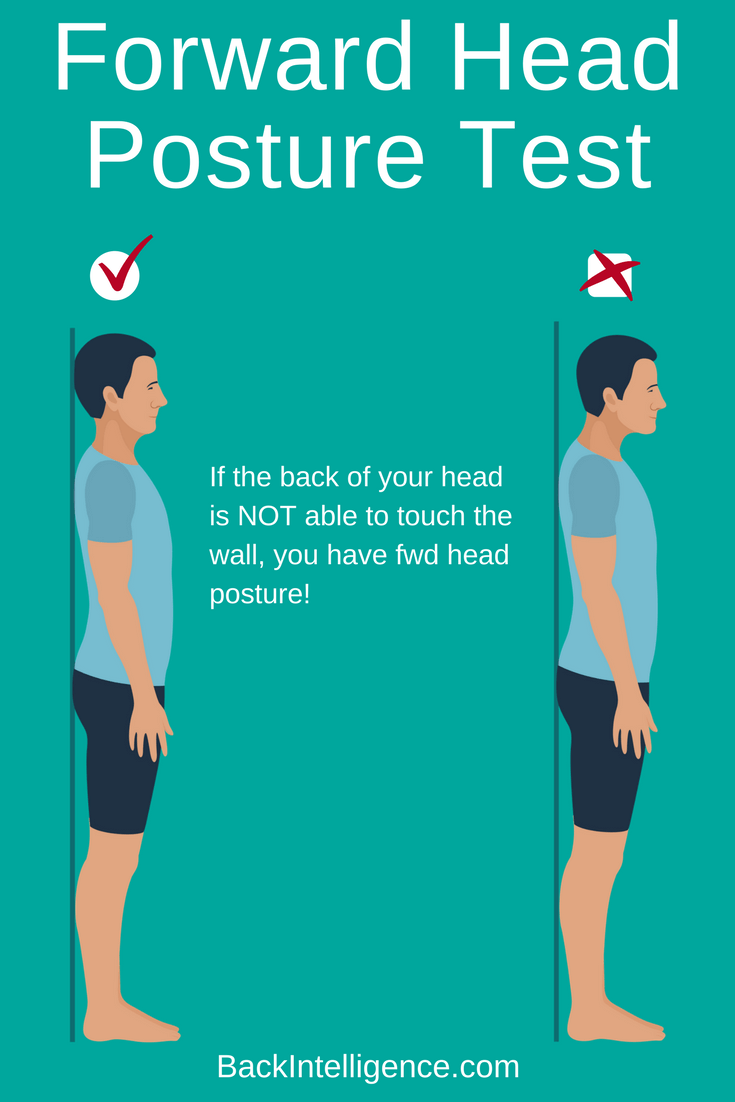Words by Dr. Paula Moore
What is the medical definition of Forward Head Posture? It seems sort of obvious.
Forward head posture (fhp) is simply when the head moves forward relative to the shoulders, where it ideally should be located, to have a me- chanical advantage against gravity. If asked to carry a 10 IB bowling ball (roughly the same weight as the head) for an hour, one would in- stinctively carry it close to the body. If the bowl- ing ball was held out in front, in a forward position, the body would quickly fatigue.
Why is forward head posture such a concern?
Besides the very real effect that forward head posture has on our self-esteem and confidence, a forward head can also cause chronic muscle tension and pain. According to the Physiology of Joints Volume 3: Every inch forward increases the weight of the head by 10 IBs. Now the muscles at the base of the head and top of the back have to support a 20 or 30 IB head. It’s no wonder so many people have chronic neck and shoulder tension.
Forward head posture also causes compres- sion in the upper neck joints, which can lead to headaches, muzzy head and chronic muscle pain. In order to prevent a forward head from falling towards the chest, the neck and shoulder muscles must sustain continual contraction, which can cause nerve entrapment and artery compres- sion. It isn’t hard to see that there exists the potential for neurological and vascular complications as a result of fhp.
What causes forward head posture?
There are three main causes of fhp—our habits of daily living, compensation and trauma. Many activities of daily living pull the head and neck forward and down. Reading, writing, computers, phones, tablets. In some cases, a forward head may be compensating for a problem lower down in the body—often found in the pelvis.
A common cause of fhp is traumas—including competitive sports, and past accidents—as far back as childhood. Minor car accidents (anything over 20mph) are another common cause, and often lead to altered neck curves, that push the head into a forward position.
Can exercise reduce a forward head?
Yes, exercise can help. However, if the fhp is due to a flat or reversed neck curve (due to past trauma), getting x-rays is a good first step.
try this…
This simple exercise can be done seated or standing. Using a wall is a great place to begin. Stand with feet shoulder width apart and about a foot away from the wall. Your bottom should be touching the wall (if not, then place a small towel behind your head.) Now, gently tuck your chin and elongate through the neck. Hold for 2-3 seconds and repeat. It’s important not to force the chin, but think more about lengthening through your neck and body—as if a large balloon is attached to your head helping to lengthen, as you gently tuck your chin. Do 10 repetitions daily.
The way we hold our body is often a reflection of how we feel about ourselves; so good posture suggests confidence. A body with good head and neck alignment simply looks more attractive; and now the science is beginning to show that body posture not only influences the way a body looks and feels, but also the way that it thinks.
Regaining attractive, healthy posture should be the goal of anyone who wants to enjoy a healthy, active lifestyle, improve confidence and body image and ultimately slow the effects of aging. |E|
Dr Paula Moore (aka Posture Doctor) is a best-selling author and creator of Posture Videos. With over 10 million Youtube views, she is fast becoming the next big thing in digital healthcare. Paula has received international attention with interviews by the BBC and appearances on Breakfast Television. Forward Head Posture – Online Course (www.posturevideos.com/escarpment)













